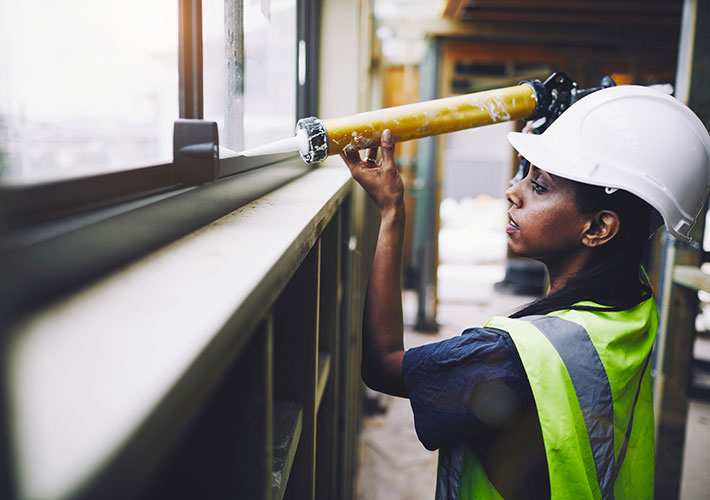
New Standard Supports Testing for Sealant Cracking
A new ASTM International standard outlines a way to quantitatively determine the extent and causes of cracking in a building sealant. The new standard (soon to be published as C1851) was developed by ASTM International’s committee on building seals and sealants (C24).
“When you see a weathered sealant, it is usually cracked, crazed, or crumbled,” says ASTM International member Chris White, a research chemist at the U.S. National Institute of Standards and Technology. “Suppose you wanted to know how much change in the properties is due to chemical change and how much is due to cracking. Now you can with this new standard.”
According to White, the standard stemmed from the idea that sealant cracks contribute to tensile modulus (stiffness) change but not to compression. After measuring both using a standard for measuring time-dependent modulus of sealants (C1735), it is then possible to use the new standard to see how much of the change is due to chemical changes in the sealant and how much is physical cracking.
Manufacturers could use the new standard to determine and ultimately enhance durability. Testing laboratories and regulatory bodies could also find it useful.
 SN Home
SN Home Archive
Archive Advertisers
Advertisers Masthead
Masthead RateCard
RateCard Subscribe
Subscribe Email Editor
Email Editor